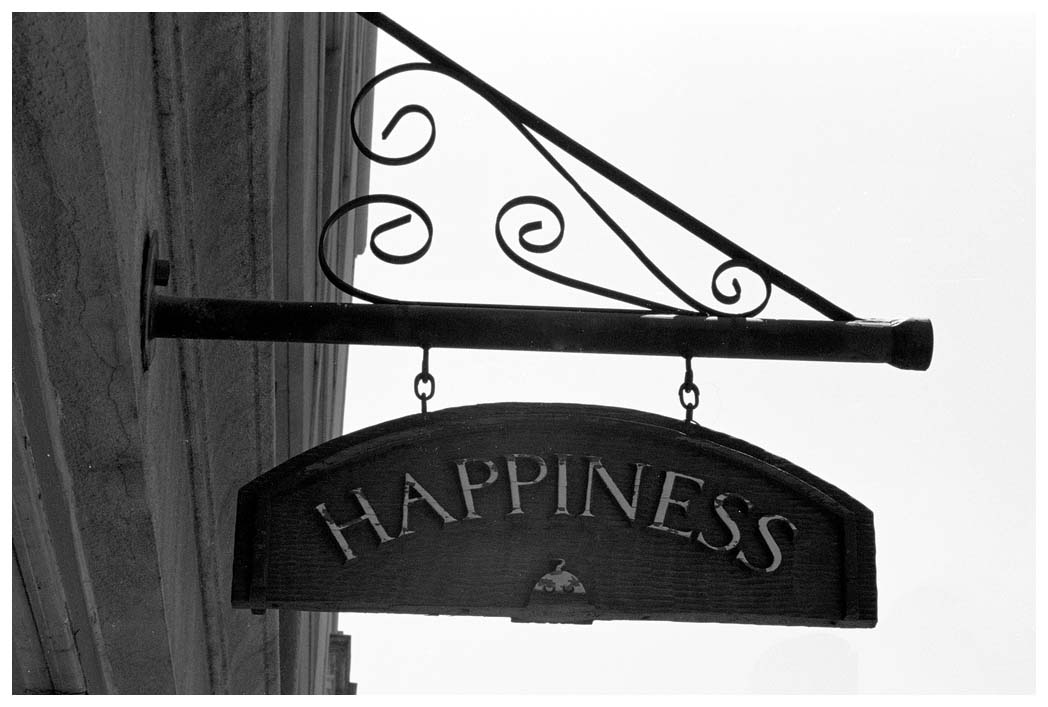Infographics: Hitting all modes of communication
/
- The classic Who am I? Novice Level assignment
- Music, cultural or historical presentations
- Syllabus, exam or assignment make-over
- Why learn another language?--Advocacy campaign
- Book talks or novel reviews (themes, new vocab, characters, culture, etc.)
- Passion Project-students pick something of interest
- DP Themes: Health, Leisure, Technology, Global Issues, and Cultural Diversity
- Visual of the class story
My students and I have had the best luck with both
I've heard great things about Visual.ly but have't been able to figure out (user error, I'm sure) how to personally create my own.
Infographics are not meant to be printed. Maybe that's not accurate but a reality in my school with no color printer and the drive to reduce paper consumption. And, they look just awesome on the screen. My student, Luisa, asked proudly if she could put hers on her blog so others could see it. That's a good sign.
I'm looking forward to experimenting with adding a QR Code that links to questions, audio, video, etc. This will provide the opportunity for interpersonal communication (WL Standard 1.1) with additional authentic listening.
Here is a site with lots of infographics for Spanish. Pinterest has some fabulous examples as well.
Lastly, encourage your students to use infographics and visual data in their other classes. Although it may appear that everyone is doing it (I'm talking to my COETAIL colleagues); they are not.
Good luck. I'd love to see some fun examples in your WL classrooms hitting all the modes of communication.



